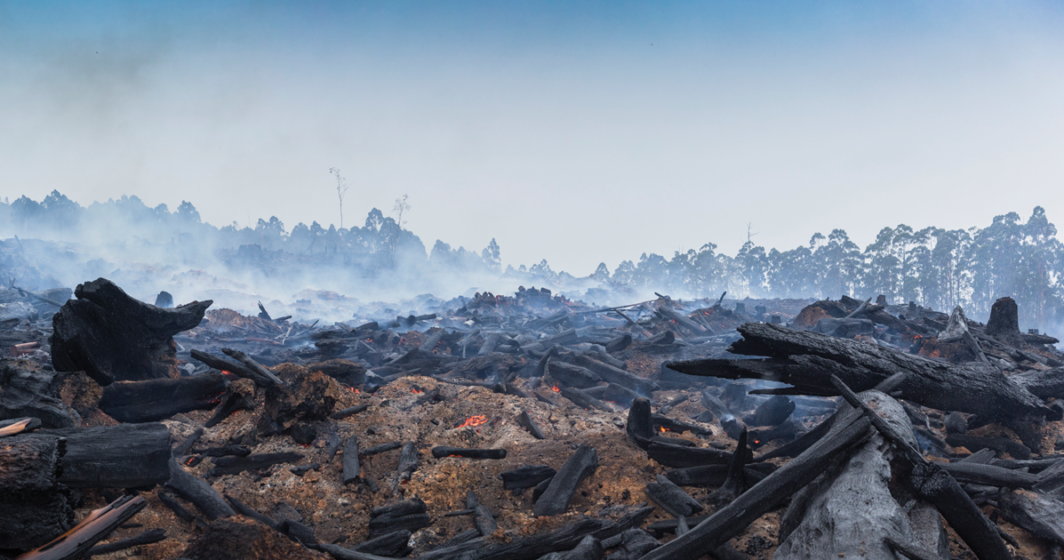The phenomenal response to this disaster has come thick and fast with individual and company-backed donations of cash, in-demand items like food, clothing and other household items.
These gestures of goodwill have been matched by individuals and businesses putting their collective hands up to aid the recovery and rebuild effort of bushfire-affected areas across Australia.
“Australians are a very compassionate people and are quick to jump to the aid of someone in need, but it’s extremely important in a case like this that we resist the urge to go in all guns blazing and instead approach things with a strategic mindset to ensure that we’re getting the best return on our efforts and minimising the possibility of any further damage to property or injury to people.”
During the Black Friday Fires, the then Building Commission (Now Victorian Building Authority) set-up a bushfire recovery team for this very reason.
“Our initial conversations as a group was to establish a three-phase plan. The first phase was discovery: gather as much intelligence as we could from the various fire authorities and locals who could provide educated recommendations on what we were going to need and the immediate safety issues that we had to consider.
This assessment documented safety hazards like damaged homes that contained asbestos, exposed electrical wiring, half-burnt and fallen trees, damaged infrastructure, and adulterated water supply. The list was quite extensive but was important for us to know to ensure the safety of the people who would be part of the recovery effort.”
The second phase focused on addressing these safety hazards and making the areas safe to enter.
“This involved everything from workers on the ground cutting through fallen trees, earth moving equipment and other trained professionals who could identify, isolate and make safe any aspect of the environmental risks including any plumbing infrastructure that was damaged.
Many people wouldn’t immediately comprehend some of the dangers that may still be present even if there were no visible signs of fire damage.
For example, we came across many instances of adulterated water supply where fire retardant and ash had made its way many kilometers downwind from where it originated.
Also, the extreme heat generated by the fires even caused damage to underground PVC pipe networks and valves resulting in the entry of ground water and other pollutants.”
The last of the three phases was rebuild.
“After we had made the areas safe, we turned our attention to rebuilding the communities to enable people, who at that time had made do in temporary accommodation and living away from home, to return to their town and communities to begin rebuilding their lives.
This was a very sensitive aspect of the project as we had to ensure that all works being completed were built for purpose and in line with requirements set out by the VBA. There was also a concerted effort to build resilience into the process and plan for future changes in regulations.”
Overall, the process was a valuable lesson in dealing with wide-spread disaster and reminded us all just how quickly and easily we can find ourselves at the mercy of a raging bushfire.
When discussing the next steps for those in bushfire-affected areas across Australia, Shayne shared a few points for consideration.
“Don’t rush into anything. Make sure anything you do in regard to your home or business that requires a qualified tradesperson…make sure it’s exactly that, these people have the knowledge and expertise to make-safe, inspect and repair anything that could potentially cause harm to you or others who may be present in the area.
At times like these there is an outpouring from across the country to assist in any way to relieve the effects of the fires. What we need to ensure is those rebuilding and making the first steps in recovery have all the protections anyone else would in less disastrous circumstances. Even if there’s no physical damage to your property, it’s worth having someone conduct an inspection to make sure there’s no hidden hazards. It’s also advisable to divert any first flush from water catchments (roofs) to stop contamination with ash and/or fire retardant. Better yet, disconnect it and hold off for new rainfall to begin collecting water again.”
For all those out there who find themselves in some stage of response to the bushfires, be careful, stay safe and always use a licensed professional where required.

